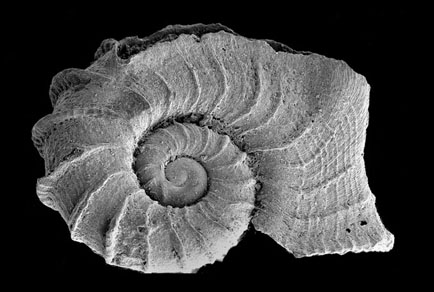Abstract
This revision of the scissurellid genus Satondella Bandel, 1998 is mainly based on shell characters due to the availability of only a few live collected specimens. There are seven Recent species (two described as new) and one Eocene fossil. Satondella minuta Bandel, 1998, the type species from Indonesia, is redescribed and its range extended to New Caledonia, Solomon and Fiji Islands. Satondella tabulata (Watson, 1886) is only known from type material off Culebra Island (Puerto Rico); lectotype and paralectotypes are here designated, and similar material from the Indo-Pacific is discussed. Satondella brasiliensis (Mattar, 1987) is another W. Atlantic species, ranging from Bermuda to Brazil. Satondella senni (Geiger, 2003) is only known from the E. Pacific (Easter Island) and Satondella danieli Segers, Swinnen & Abreu, 2009 from the NE. Atlantic Ocean (Desertas and Madeira Islands). The two new species are distributed through the E. Indian and W. Pacific oceans (S. cachoi n. sp.) and W. Pacific (S. dantarti n. sp.). The Tongan Eocene fossil S. kondoi (Ladd, 1970) is redescribed and illustrated with SEM images. Satondella brasiliensis and S. cachoi have a typical scissurellid radula, except for uniquely having one cusp on the inner edge of the third lateral. The monophyly of the genus is discussed, since species currently included in Satondella show two clearly different shell patterns but all share the unique chimney-like foramen.

